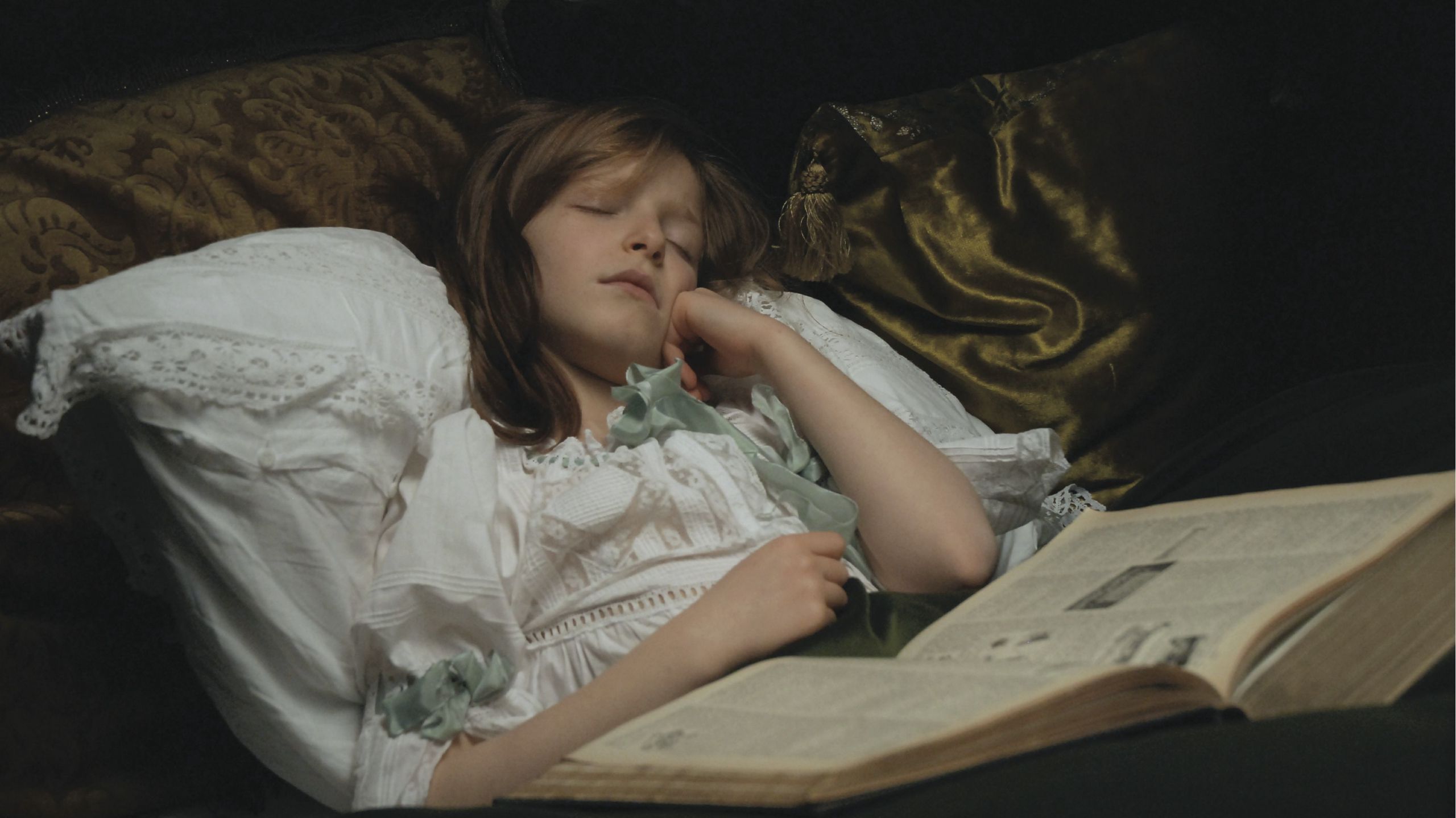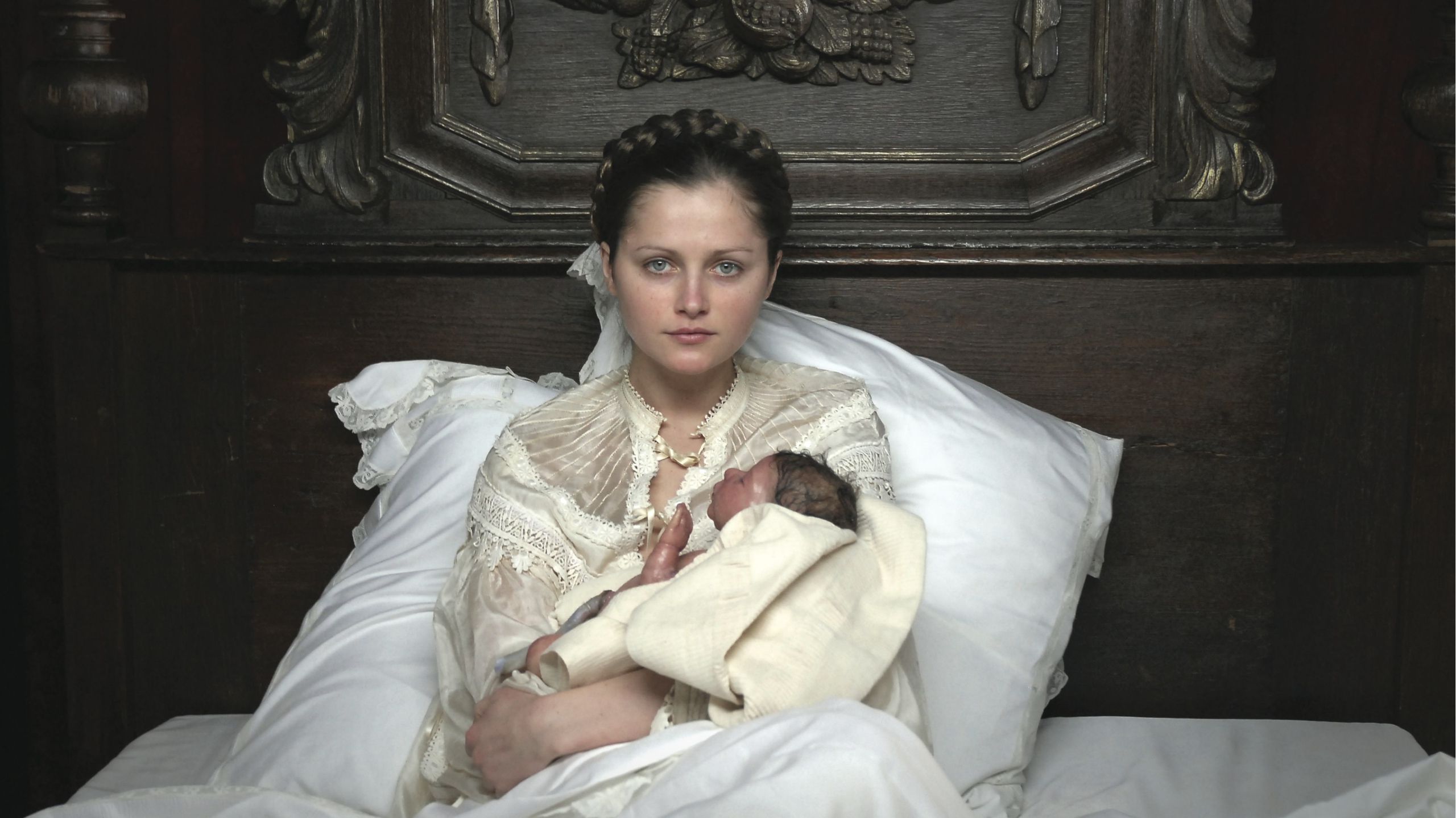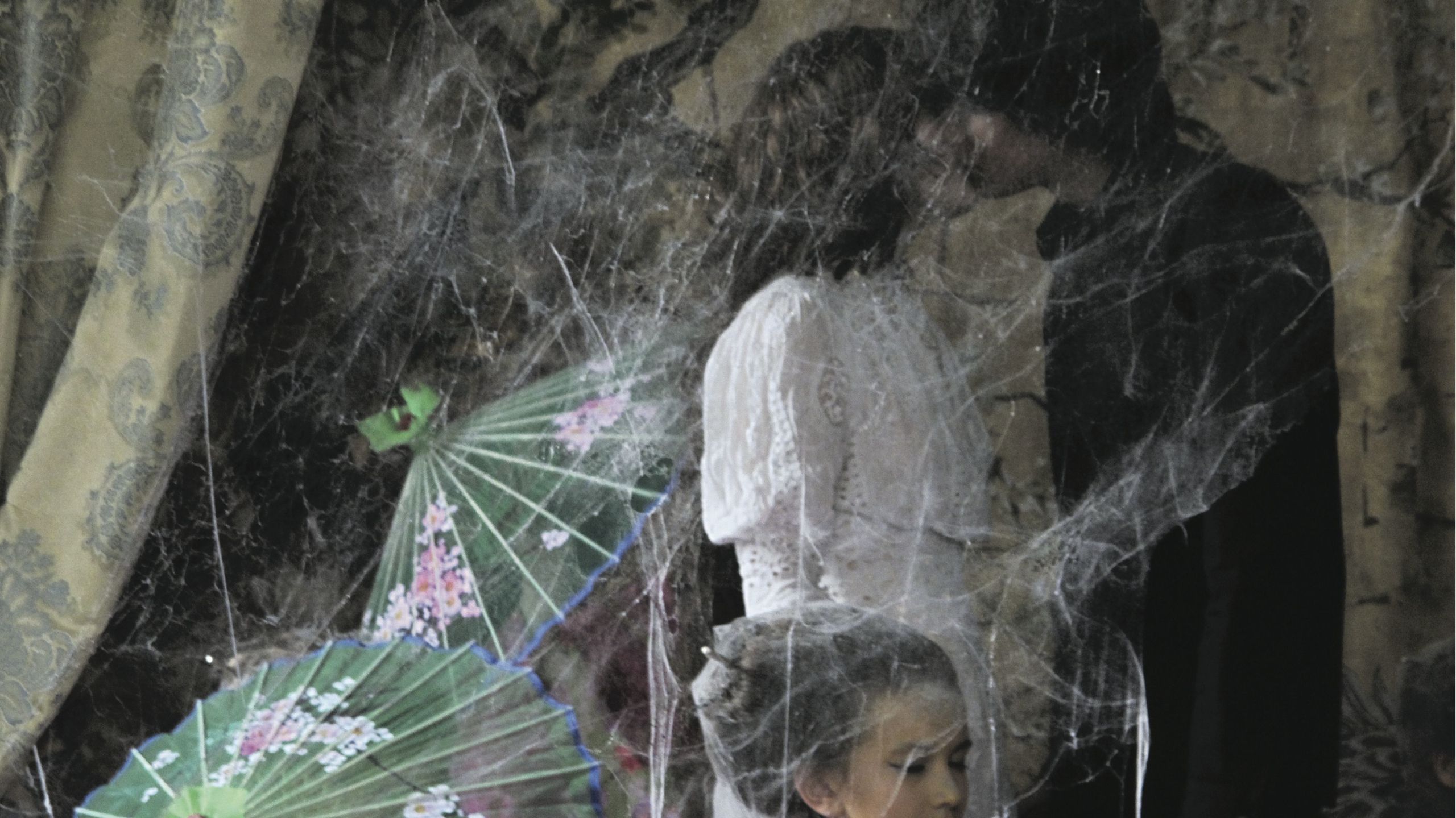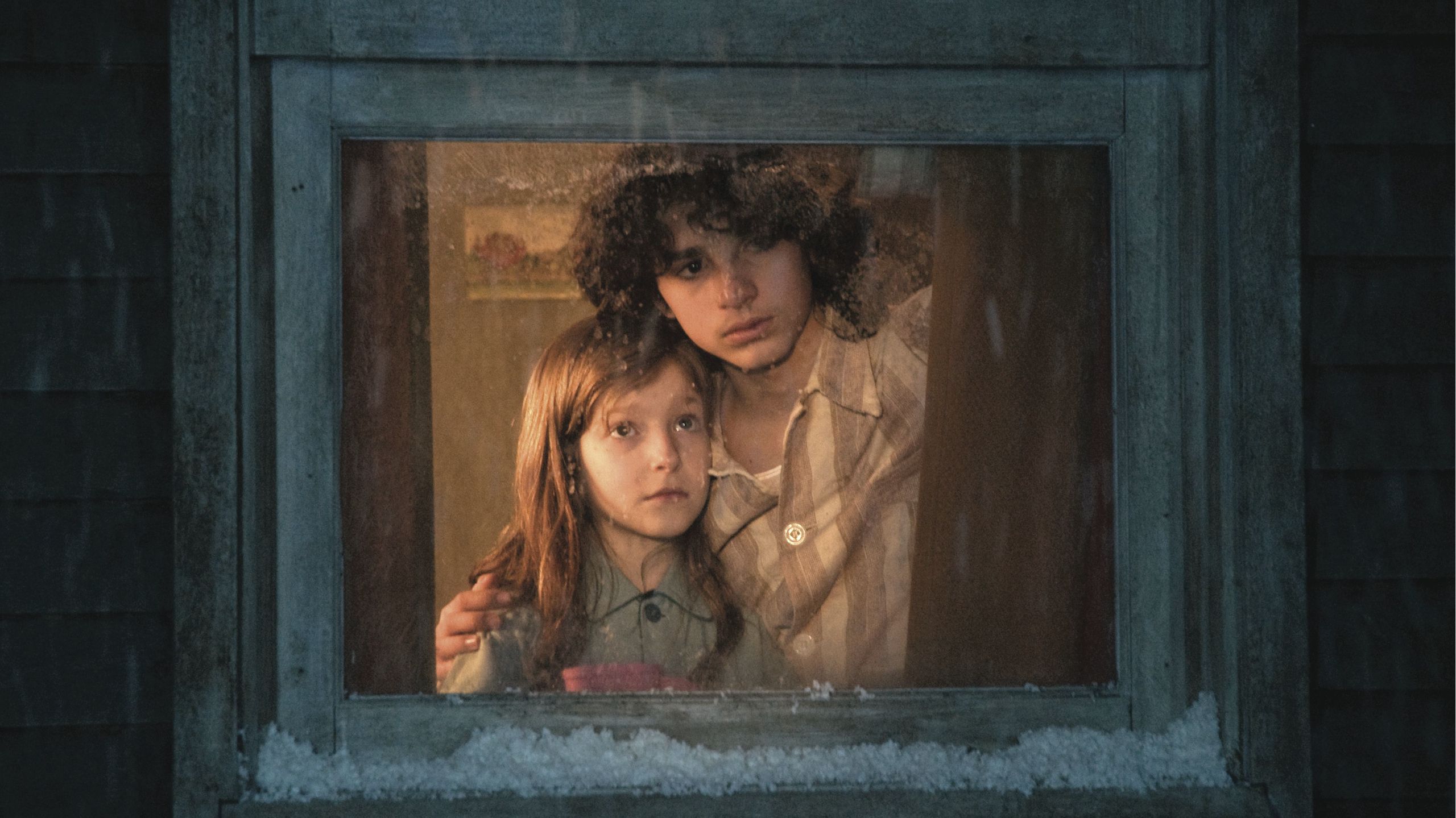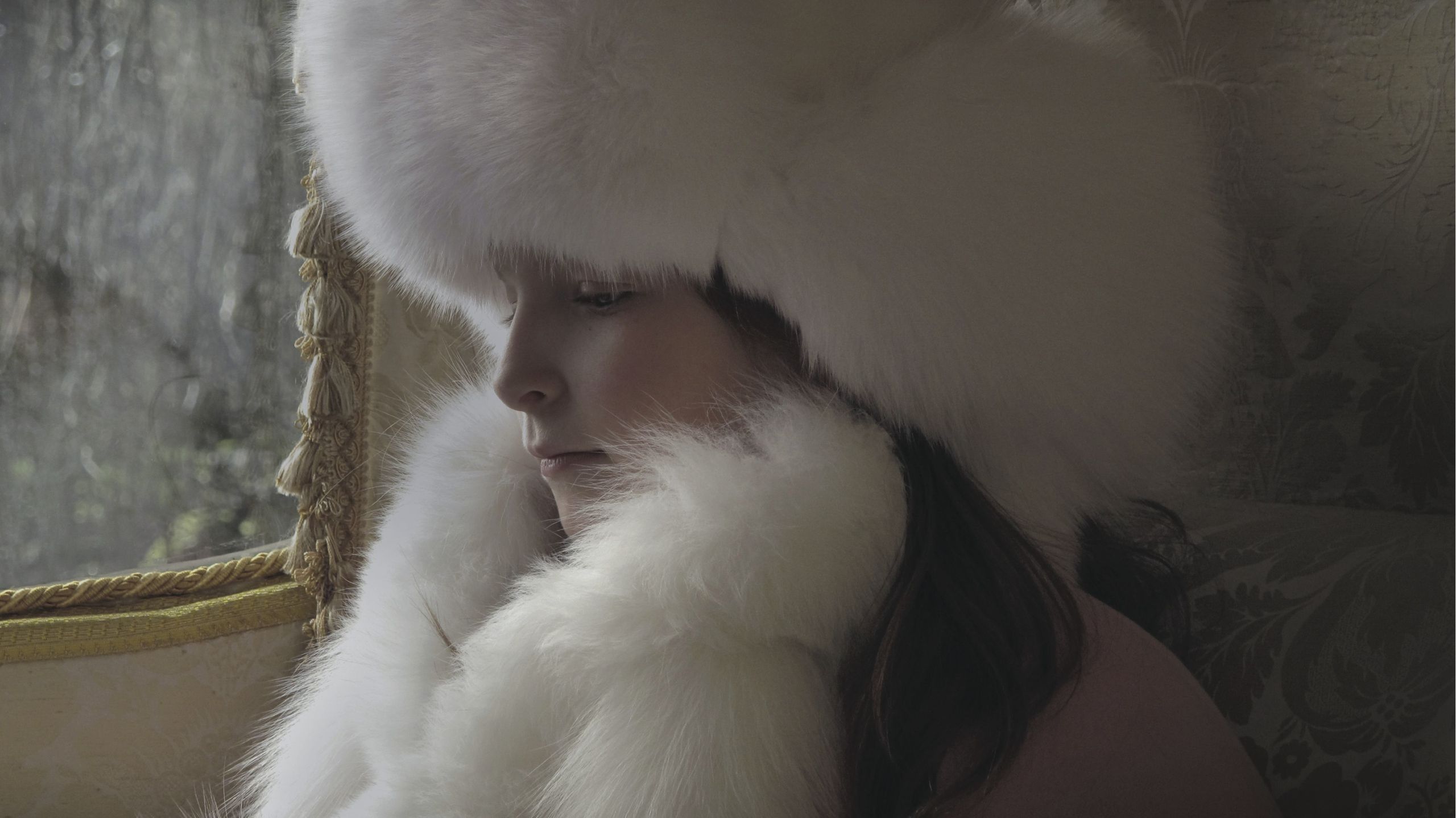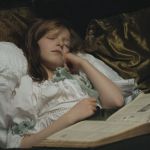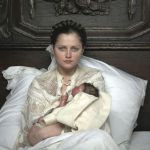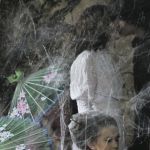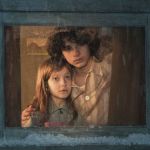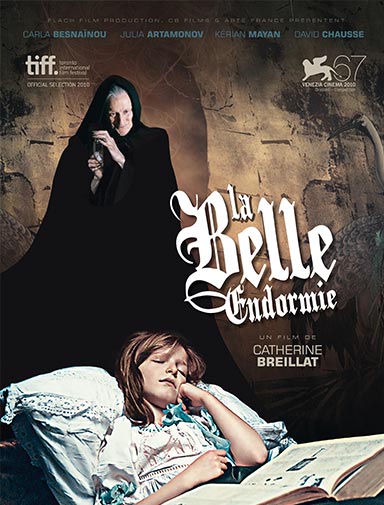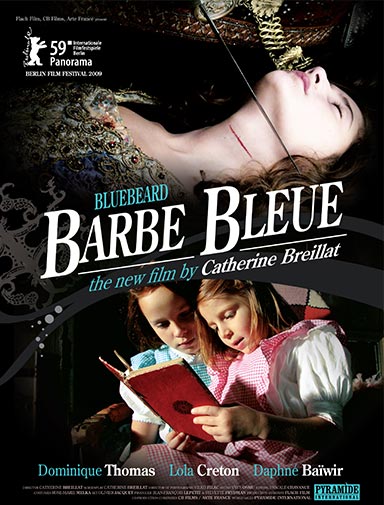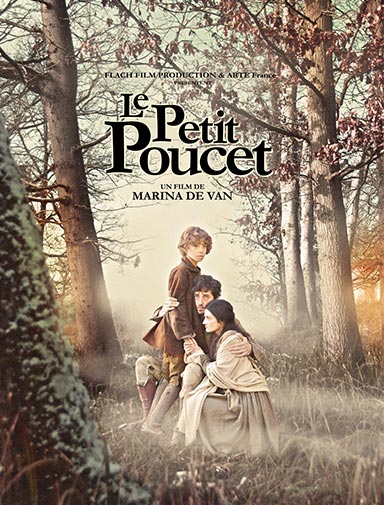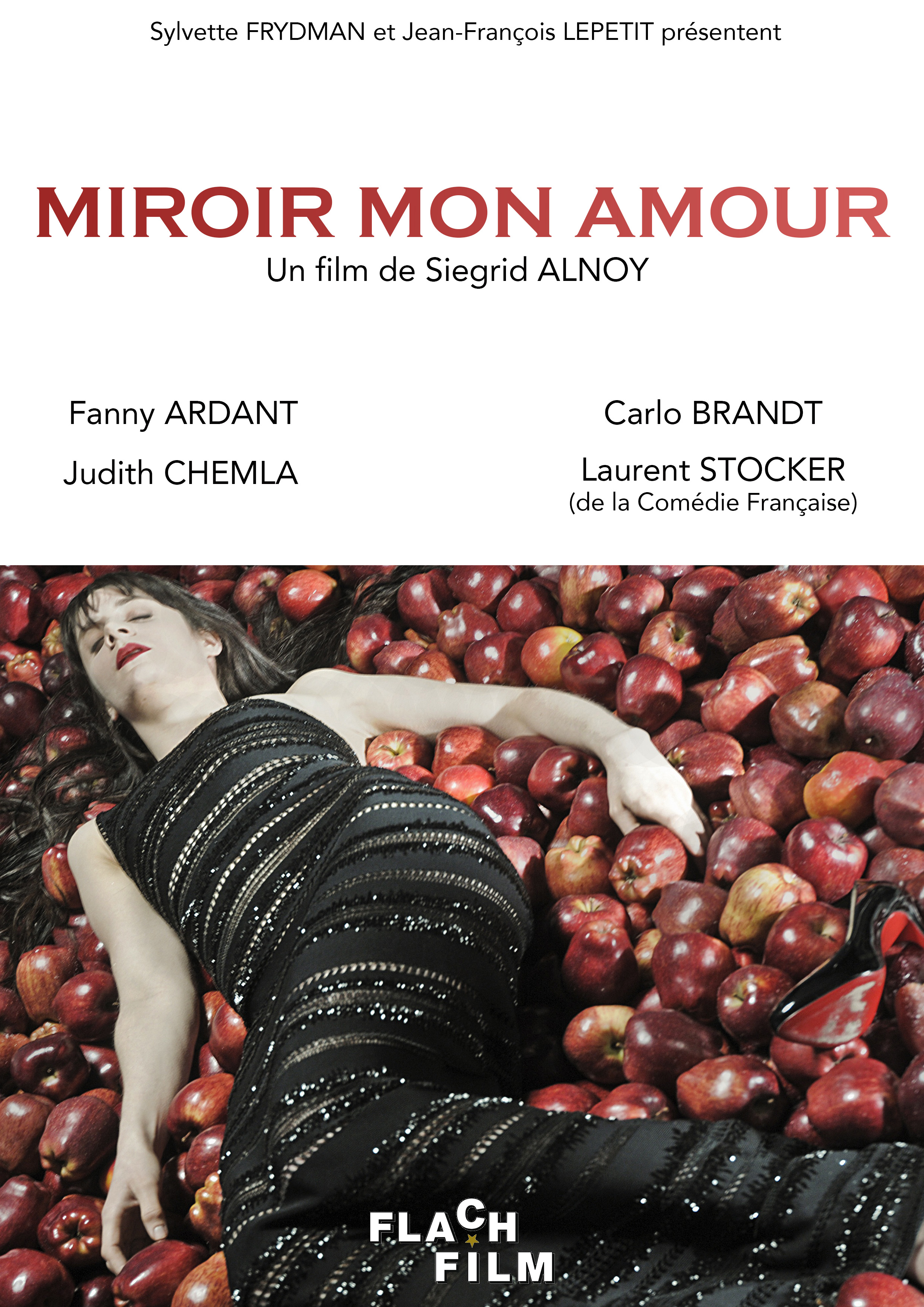Réalisateur
REVUE DE PRESSE
Note d'intention de Catherine Breillat concernant LA BELLE ENDORMIE
Je voudrais traiter ce conte, non comme une histoire que se racontent deux petites filles mais comme l’histoire même d’une petite fille qui naît, elle ne sait pas encore dans quel monde, puis qui se fabrique son monde d’enfant.
Review: ‘The Sleeping Beauty’
Following her typically idiosyncratic revision of “Bluebeard,” Gallic helmer Catherine Breillat fractures another fairy tale with “The Sleeping Beauty.”
La belle endormie remporte le ART CINEMA AWARD de la CICAE pour la Mostra de Venise
"Le film est construit sur une structure narrative solide et un usage approprié du langage cinématographique et pourrait rencontrer l’intérêt du public européen".
Box Office : le cinéma d’auteur français s’installe aux Etats-Unis
Le Nom des Gens, La Belle endormie, Rapt, le cinéma d’auteur français squatte les réseaux de salles art et essai aux Etats-Unis. Distribués sur un nombre de copies très limité mais soutenus par la critique et une petite base cinéphile, ces films ont trouvé leur équilibre économique.
The Sleeping Beauty (2010)
No Sleep for a Beauty Who Seeks Adventure In “The Sleeping Beauty,” Catherine Breillat’s wily and witty retelling of the fairy tale, the enchanted princess doesn’t just fall into a 100-year slumber, she also hits the road, walking and riding into adventure. Simone de Beauvoir wrote in “The Second Sex,” “Woman is Sleeping Beauty, Donkey Skin, Cinderella, Snow White, the one who receives and endures.”
Note d'intention de Catherine Breillat concernant LA BELLE ENDORMIE
Contrairement à Barbe Bleue, je voudrais traiter ce conte, non comme une histoire que se racontent deux petites filles mais comme l’histoire même d’une petite fille qui naît, elle ne sait pas encore dans quel monde, puis qui se fabrique son monde d’enfant.Ce qui précède l’adolescence ne sont que les longs doux et cruels limbes de l’enfance. Même si c’est là que se trouve le début féerique du conte.
Ainsi se construit-elle peu à peu et devient-elle une adolescente qui ingénument croit elle aussi tout connaître de la vie.
Mais la vie n’est pas un conte, et l’amour d’adolescents comme une maternité précoce, ramène à une autre réalité de la vie.
Vous « remet les pieds sur terre » comme on dit.
Ce n’est donc plus un conte de fées mais le compte du début de la vie.
Catherine Breillat
Review: ‘The Sleeping Beauty’
Gallic helmer Catherine Breillat fractures another fairy tale, with "The Sleeping Beauty".Following her typically idiosyncratic revision of “Bluebeard,” Gallic helmer Catherine Breillat fractures another fairy tale with “The Sleeping Beauty.” The story’s ending may be happier this time around, but the overall result is less felicitous than its brisker, more focused predecessor. Actually something of a mashup between Charles Perrault’s “Sleeping Beauty” and Hans Christian Andersen’s “The Snow Queen” — and featuring the erotic edges and anachronistic intellectual barbs expected of a Breillat pic — the film has provocative and compelling moments but feels too fragmented to match the helmer’s best work. This “Beauty” will entrance only niche auds.
The action starts in a fairy-tale realm with the birth of Princess Anastasia, whom an old crone (Rosine Favey) curses to die young. Three fairies (Dounia Sichov, Leslie Lipkins and Camille Chalons) modify the curse’s terms, however, so that Anastasia will fall asleep when she’s 6 and wake up 100 years later as a beautiful 16-year-old.
After her fated encounter with slumber-inducing sharp object, tomboyish 6-year-old Anastasia (played by charming Carla Besnainou) enters a dream world where she has a series of picaresque adventures. First stop is a modest farmhouse where she’s taken in by a widow (Anne-Lise Kedves) and her adolescent son, Peter (Kerian Mayan). Unfortunately, Peter is lured away by the Snow Queen (Romane Portail), and Anastasia sets off to find the boy she considers part brother, part intended.
Writer-helmer Breillat playfully mixes up the elements and throws in more than a few curveballs, including having her grown heroine (eventually played by Julia Artamonov) enjoy a Sapphic tryst with a luscious Gypsy girl (Rhizlaine El Cohen) before entering into a fractious relationship with Peter’s descendant Johan (David Chausse).
Like the writers Angela Carter and Margaret Atwood, Breillat delights in forcing fairy-tale and classical fiction through a feminist mincer to create a very modern flavor, although in the end, the pic’s texture is too splintered for its ideas to stand out.
No doubt by pure coincidence, the script structure of “The Sleeping Beauty” — with its dreams within fables within a not-quite-real contempo setting, and its elastic sense of time — is bizarrely similar to that of “Inception,” but done on a budget that probably wouldn’t have covered the cost of Leonardo DiCaprio’s trailer. There’s even a lost love turned malevolent, and a spooky train that steams through from time to time. But this dream world serves a very different function, carving out a realm of near-eternal childhood, allowing Breillat to reprise her preoccupation with the dark imaginings and not-entirely innocent longings of youth explored with such fertility in pics like “Fat Girl,” “36 Fillette,” and “A Real Young Girl.” Anastasia says at one point that she hates the world of little girls, but her creator is fascinated by them, in all their pink complexity.
Simple but elegant lensing on HD by Denis Lenoir lends a quotidian, matter-of-fact quality that enhances the modernity of the concept, and contrasts charmingly with the gleefully outlandish period dress, courtesy of Rose-Marie Melka’s designs.
The Sleeping Beauty
Production
An Arte France presentation of a Flach Film Prod., CB Films, Arte France production, with the support of CNC. (International sales: Pyramide, Paris.) Produced by Jean-Francois Lepetit, Sylvette Frydman. Directed, written by Catherine Breillat.
Crew
Camera (color, HD), Denis Lenoir; editor, Pascale Chavance; production designer, Francois-Renaud Labarthe; art director, Audric Kaloustian; costume designer, Rose-Marie Melka; sound (Dolby Digital), Yves Osmu, Sebastien Noire, Emmanuel Croset; re-recording mixer, Pascal Dedeye; assistant director, Gilles Monnier; casting, Michael Weill, Colomba Falcucci, Mathieu Havoudijan, Laurence Ursino. Reviewed at Venice Film Festival (Horizons), Sept. 1, 2010. (Also in Toronto Film Festival -- Masters.) Running time: 85 MIN.
With
Carla Besnainou, Julia Artamonov, Kerian Mayan, David Chausse, Luna Charpentier, Rhizlaine El Cohen, Rosine Favey, Diana Rudychenko, Dounia Sichov, Leslie Lipkins, Camille Chalons, Romane Portail, Anne-Lise Kedves. (French, Russian dialogue)
Leslie Felperin
1er septembre 2010
http://www.variety.com/review/VE1117943405.html?categoryid=31&cs=1&sms_ss=email
La belle endormie remporte le ART CINEMA AWARD de la CICAE pour la Mostra de Venise
La CICAE est heureuse d'annoncer que le ART CINEMA AWARD de la CICAE pour la Mostra de Venise - section Orizzonti, a été décerné à La belle endormie de Catherine Breillat.Le mot du jury :
" La belle endormie de Catherine BREILLAT est le film le plus intéressant pour les cinémas européens parmi les films sélectionnés dans la section Orizzonti.
Catherine Breillat a trouvé des images poétiques dans le conte traditionnel de Charles Perrault pour décrire de façon innovante la croissance d’une jeune fille depuis l’enfance jusqu’à l’âge adulte. La réalisatrice emploie un langage universel, compréhensible et très proche de la sensibilité des européens. Elle est ainsi capable d’offrir un regard délicat sur cette expérience humaine, d’un point de vue féminin.
Le film est construit sur une structure narrative solide et un usage approprié du langage cinématographique et pourrait rencontrer l’intérêt du public européen ".
Box Office : le cinéma d’auteur français s’installe aux Etats-Unis
Dans une configuration presque inédite, la critique U.S s’enthousiasmait aussi pour un autre film français ce week-end : Rapt de Lucas Belvautqui, plus d’un an après sa sortie en France, partage l’affiche américaine avec La Belle endormie de Catherine Breillat. Distribué sur une seule copie à New York, le film a dépassé les entrées du thriller The Ledge et atteint près de 8.000 dollars de recettes en un week-end.
L’exploit Le Nom des Gens
L’écart entre la réception critique des films français et leur succès en salles semble même s’être réduit. Distribuée sur 5 copies le 24 juin dernier, la comédie multi césarisée Le Nom des Gens (traduit The Names of Love) a dépassé la barre infranchissable des 30.000 dollars de recettes dès son premier week-end d’exploitation aux Etats-Unis. Deux semaines plus tard, le film de Michel Leclerc atteint près de 100.000 dollars au box-office et s’impose comme l’un des plus grands succès de l’année du cinéma d’auteur français aux Etats-Unis.
Le succès surprise du film de Michel Leclerc (dont le casting et le sujet n’étaient pas très favorables à l’exportation) a probablement profité de l’ "effet" Des Hommes et Des Dieux. Le Grand Prix du jury du festival de Cannes 2010,sorti fin février aux Etats-Unis, a totalement bouleversé le schéma d’exploitation traditionnel des films d’auteurs français : distribué dans 33 salles, il s’est maintenu pendant six semaines dans les 25 premiers du box-office.
En fin de carrière, les moines de Xavier Beauvois avaient attiré 500.000 personnes et réalisé près de 4 millions de dollars de recettes. Moins qu'Amélie Poulain, mais déjà l'un des plus grands succès d'un film d'auteur aux Etats-Unis.
Romain Blondeau
The Sleeping Beauty (2010)
After taking up Bluebeard in her previous movie, Ms. Breillat has turned to a more familiar tale, transforming a story of the universal woman into that of a specific girl, Anastasia (played first by Carla Besnainou and then by Julia Artamonov) and the world she makes from her imaginative longing.The story of the adolescent princess cursed to fall into a deep sleep has been told by Charles Perrault, the Brothers Grimm and many others, including of course Walt Disney, who gave her a blond mane and not a single memorable song. Ms. Breillat’s version begins similarly to Perrault’s, with the birth of a princess. A wizened, cackling fairy greets the child by cursing her, declaring that she will die on her 16th birthday after being pricked by a spindle. Fortunately three good fairies flutter in, and with a few waves of their sparkling wands change fate: instead of dying, the princess will sleep. Then Ms. Breillat waves her own magic wand and takes the princess somewhere completely unexpected.
As she did in “Bluebeard” Ms. Breillat puts a child at the center of “The Sleeping Beauty,” almost as if she wanted to get her hands on the girl (who can be seen as a stand-in for all girls) before the fairy tale has its way with her. In her version of “Bluebeard” Ms. Breillat switches back and forth between two young sisters shivering along to the gruesome tale (one is reading it, and the other is listening, sometimes reluctantly) and two young women playing parts in a period version of the story. Here the figure of the girl is more active (or so it initially seems). Instead of reading the fairy tale she plays the central role: On her 6th (rather than 16th) birthday, Anastasia pricks her hand and then, surprisingly, she sets off.
The road she journeys is her own, though it’s truly Ms. Breillat’s and thus filled with amusements, digressions, and discussions about life and femininity. “I hated girls,” Anastasia says at one point, casting her scorn on some wee ballerinas. Happily, there are dancing and singing bandits to amuse her (and us), a few flashes of the knife and a snow queen who wavers in a darkened window as if through a dark pond. There is also a strange kingdom with petite, pale royals who could have been painted by Velàsquez if he had used candy colors. And while there are no princes to speak of, there are two pretty boys, Peter (Kerian Mayan) and Johan (David Chausse), one of whom kisses Anastasia and tells her plenty.
“The Sleeping Beauty” is driven by concepts rather than sumptuous illusionism. Its costumes, settings and artful boils are more convincing than those in “Bluebeard,” which had a cheap look that didn’t seem intentional and was even distracting. “The Sleeping Beauty” is more thoughtfully imagined and art-directed, though it’s too bad it wasn’t shot in film. Its digital images can look thin and don’t have the density and near-tactile quality that Ms. Breillat seems at times to seek, as her use of richly textured, sensuous material like fur and velvet suggests. Despite that, her ability to distill ideas into a single punctuating image — a woman’s torn stocking is here a ragged remnant of a sexual battle — remains powerfully in effect.
Given her explorations of female desire and masochism, as well as the fantasies and fallacies of heterosexual romantic love, it’s fitting that Ms. Breillat should be revisiting fairy tales. By reaching back to Perrault it’s as if she were examining the Rosetta stone, using fairy tales to decrypt the language of happily ever after. “Beauty and the Beast” (the title could work for some of her other films) will be the final chapter in a projected trilogy that I hope she expands: Andrew Lang collected 12 volumes of fairy tales, some ripe for her singular deconstructions. The pleasures of Ms. Breillat’s work are its commitment and seriousness and its raw, sometimes very funny perversity: she’s lets everything hang out, without apologies.
THE SLEEPING BEAUTY
Opens on Friday in Manhattan.
Written and directed by Catherine Breillat; edited by Pascale Chavance; set design by François-Renaud LaBarthe; costumes by Rose-Marie Melka; produced by Jean-François LePetit and Sylvette Frydman; released by Strand Releasing. At the IFC Center, 323 Avenue of the Americas, at Third Street, Greenwich Village. In French, with English subtitles. Running time: 1 hour 22 minutes. This film is not rated.
WITH : Carla Besnainou (Anastasia), Julia Artamonov (Anastasia, age 16), Kerian Mayan (Peter) and David Chausse (Johan).
Manohla DARGIS




